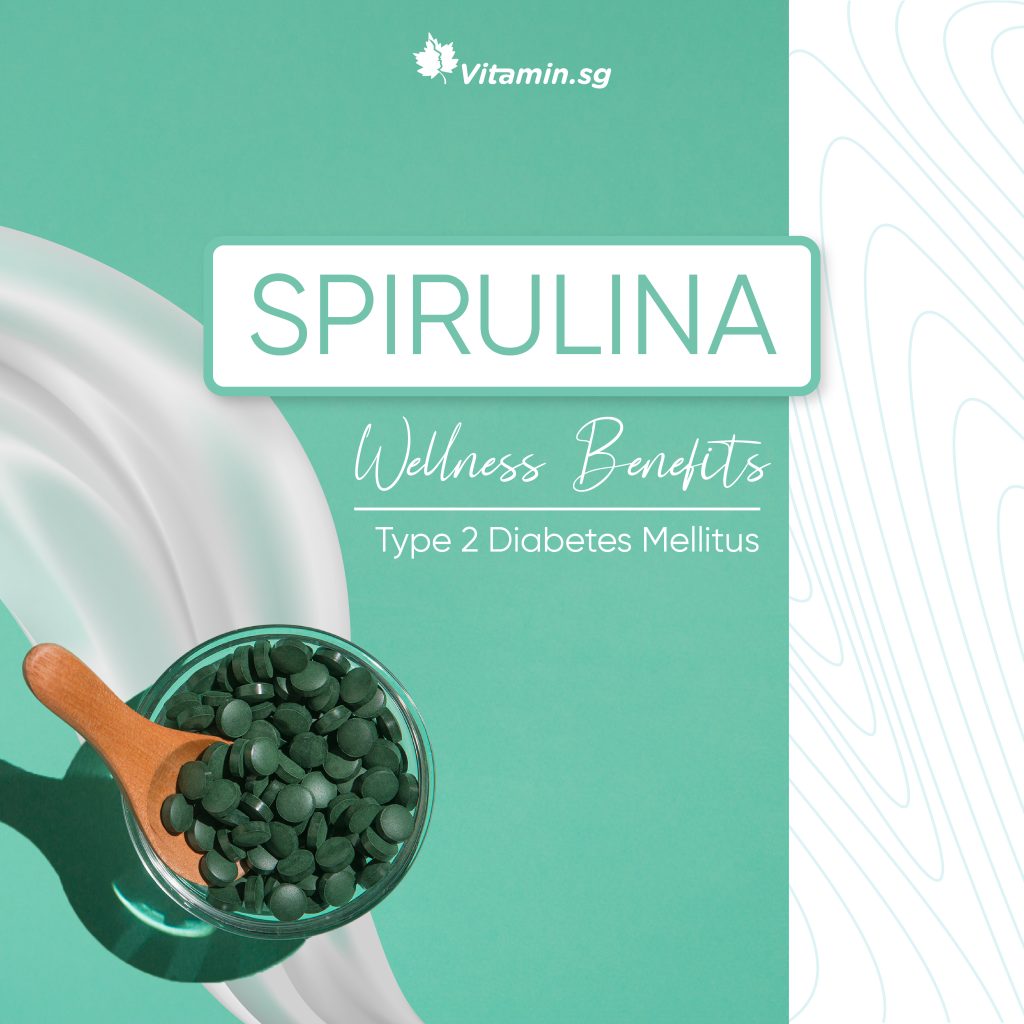Home / Health Blog / Which Loaf is Best for You?
You know whole grain has more nutritional heft than white, fluffy, overly milled breads, but with so many claims on the labels like “high fiber”, “multigrain”, “whole wheat” encouraging you to think you are buying the healthiest choice, it’s too confusing to decide what’s a good loaf.
Look for bread that states “100 percent whole grain” or “100 percent whole wheat” on the packaging. For terms like “whole grain” or “whole wheat” without the mention of a percentage, they sound healthy, but they’re probably made with partially or mostly refined white flour – e.g. 75 percent white flour, 25 percent whole wheat. Next, you can check the ingredient label – whole wheat flour or whole grain flour should be the first ingredient on the label of your bread because they are richer in dietary fiber, antioxidants, protein, dietary minerals, unless the word “whole” precedes the grain name, if not you can’t be sure that the entire grain is intact. Select a bread that has 0 grams of trans fats, without the mention of “partially hydrogenated” on the ingredient label.
Enriched flour sounds healthy but it is not so healthy after all. It means that bread manufacturers replace many of the nutrients lost during milling when preparing the dough for enriched bread, so that it contains the same nutrients as those in whole wheat bread, but they do not replace the fiber lost during milling. If the packaging does not state 100 percent and the first ingredient listed on the label is not whole wheat or whole grain, then the bread is simply a refined loaf of bread with synthetic nutrients added to replenish those natural nutrients lost in the milling process.
100 percent whole wheat bread packs the nutrition of all three components of the wheat kernel. The outer rough layer of the grain, known as the bran, is valuable for its fiber; the wheat germ of the seed is high in nutrients; and the majority of the grain, known as the endosperm, is a good source of carbohydrates. Eating more whole grains has been shown to reduce the risk of heart disease, type 2 diabetes, obesity, and some forms of cancer.
So start looking at the labels and purchase 100 percent whole wheat or whole grain bread today!
<Photo Credit: wallpapermine.com>


